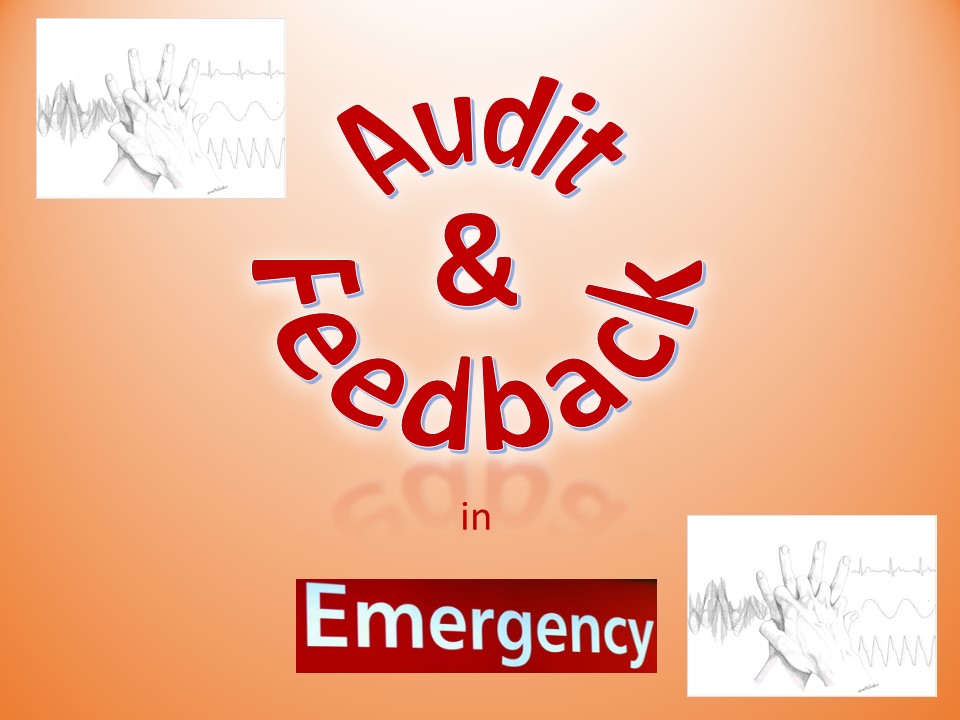Audit and Feedback in emergency: a systematic review and an Italian project to investigate and improve quality of care

Accepted: 15 September 2020
All claims expressed in this article are solely those of the authors and do not necessarily represent those of their affiliated organizations, or those of the publisher, the editors and the reviewers. Any product that may be evaluated in this article or claim that may be made by its manufacturer is not guaranteed or endorsed by the publisher.
Authors
The Audit and Feedback process (AandF) is commonly accepted as a good way to improve quality in health care, also in Emergency Departments (ED), where health aspects and pathologies are very different, usually acute and highly complex. Within an Italian Ministry of Health research project called EASY-NET, we conducted a systematic review of literature on AandF in EDs from 2014 to December 2019 to evaluate the impact of this approach in a particular setting where time-dependent indicators are fundamental. We selected 24 articles: 9 about infective pathologies (i.e. antibiotic stewardship), 6 about cardiovascular acute emergencies (i.e. cardiac arrest), 2 about stroke, 3 about laboratory tests, and 4 about other fields (i.e. diabetic ketoacidosis or use of prothrombin complex). Most of articles proposed a multimodal approach: only 7 concerned AandF alone. Despite the wide range on interventions modality and the poor comparability of the considered studies, the results are encouraging and confirm the importance to implement AandF both in emergency and in other clinical settings.
How to Cite
PAGEPress has chosen to apply the Creative Commons Attribution NonCommercial 4.0 International License (CC BY-NC 4.0) to all manuscripts to be published.

 https://doi.org/10.4081/ecj.2020.9201
https://doi.org/10.4081/ecj.2020.9201








